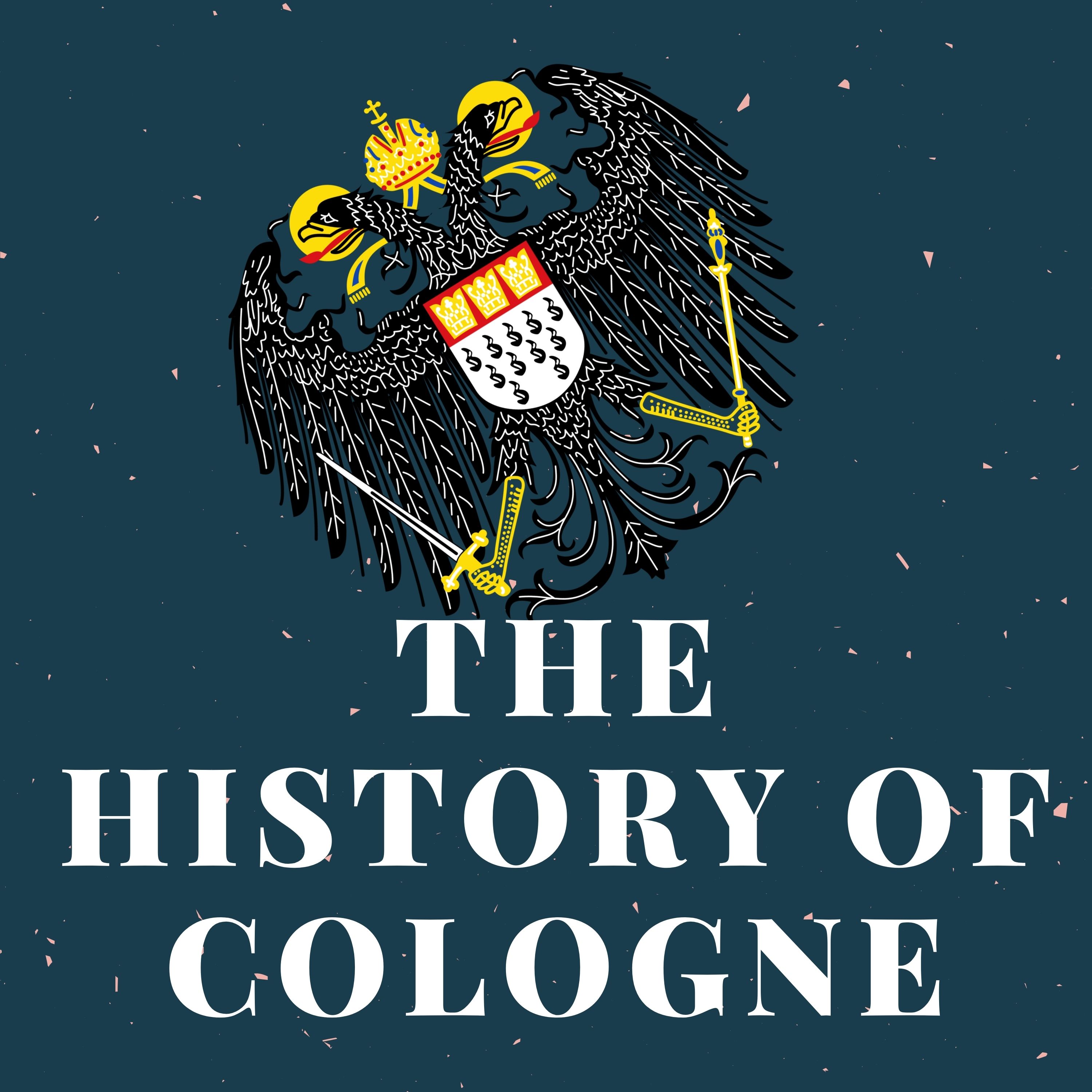Cologne during the Carolingian dynasty. A city in the heart of the Eastern Frankish Empire. In this episode we once again take a walk through the Cologne that might have been in the 9th century. How did the city look like? How did spiritual life dominate the city?

#32 Cologne during the Carolingian dynasty – The History of Cologne
The Mikveh

Picture of the Mikveh on Cologne’s City Hall Square (Rathausplatz) many, many years ago, before the creator of this podcast acquired decent photographer skills.
South of the Praetorium, the Roman governor’s palace and thus under today’s town hall square, there is a Jewish ritual bath from very ancient times in the depths. That it is located here is no coincidence. Until the early 15th century, today’s Rathausplatz was Cologne’s high and late medieval Jewish quarter.
The ritual bath was found in 1956 together with the synagogue and other finds from the medieval Jewish quarter. By none other than Otto Doppelfeld. The same gentleman who found the Dionysus mosaic, the Roman praetorium and the Frankish tomb under the cathedral. The later director of the Roman-Germanic Museum had really won the lottery several time during his professional career.
That it was rediscovered in the 1950s means of course one thing: the Jewish ritual bath and synagogue must have disappeared from the surface in the course of history.
Over the centuries, two major pogroms against the Jewish inhabitants in particular shook medieval Cologne. The first time at the end of the 11th century at the beginning of the 1st crusade when crusaders entered the city on their way to the Holy Land, the second time in the middle of the 14th century when the plague swept over Europe. We will of course go into detail about these events when we get there chronologically.
The Harbour district nowadays (aka Martin’s Quarter or Martinsviertel
Here in the harbour district, the Rhine suburb, we don’t have the spatial planning as in the part that was once the Roman city. Dense to dense and largely arbitrary or following purely topographical guidelines, is the building structure here.
This character has been preserved until today. Although hardly any of the buildings in this part of the city are older than 60 years nowadays (because Hitler and WW2), you can still feel the narrowness of this quarter very closely.
Many of the alleys are so narrow that even a small car could hardly pass through. Some alleys are even so narrow that you couldn’t even walk through with two people side by side. Oh man, what modern fire protection would say to that.









Stifte/Klöster (monasteries) in Cologne




Cardo Maximus/Hohe Straße

Benedict of Nursia


St. Benedict of Nursa lived from 480 to 543 and was the founder of an order in late antiquity/early Middle Ages. This is a Renaissance painting of him made by Fra Angelico that can be seen in the friary of San Marco in Florence.



You had my undivided attention through the very end of this episode! Wow! And what a mouthful of Religious orders you had to pronounce. I like the transitional music between segments in both the English and the German version. I also loved hearing about your little self being influenced by the Miqua.
LikeLiked by 1 person
Thank you so much as always Ed! I had a review on Apple Podcast where someone said that my show is great but without interludes, it sometimes gets boring. So I put in these little music segments between the chapters. My script has chapters but I never read them out loud. So the music is a kind of way to wake people up while they might have been falling asleep while listening. 😀 And the story at the end is true. 🙂
LikeLiked by 1 person